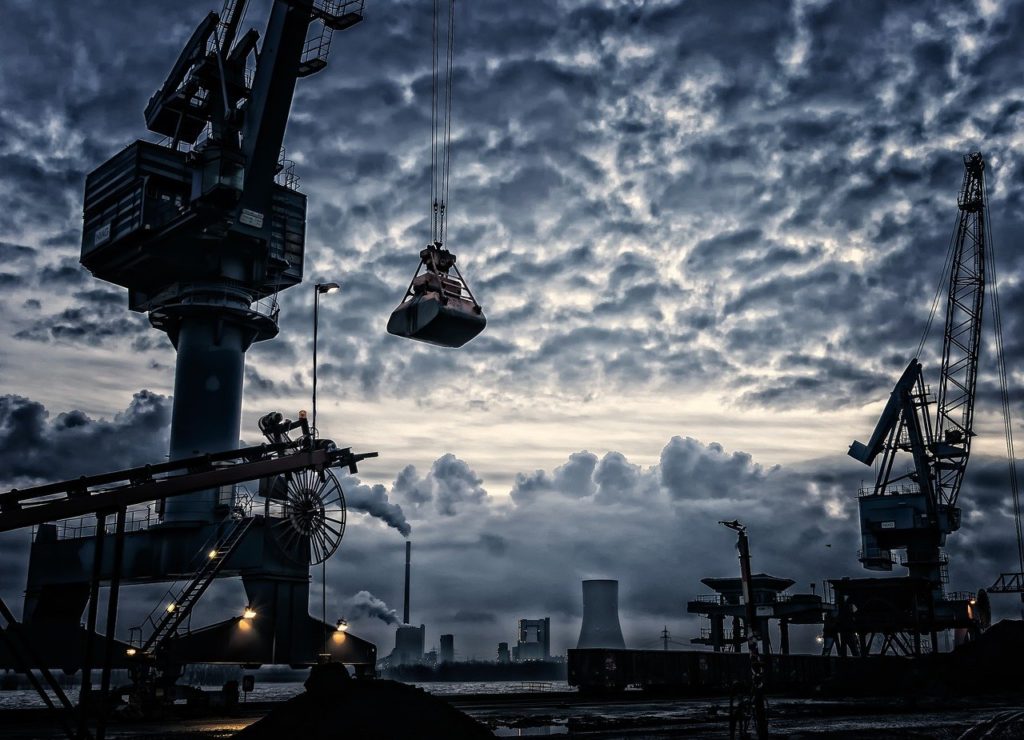Europe has the largest chemical industry in the world. Russia contributes majorly to the advancement of the chemical sector in the continent. Russia has abundant raw materials and is a world leader in the production of some chemical segments. The country is the world’s third-largest producer of nitrogen fertilizers. Russia is also among the leading producers of potash and phosphorus. The government is continuously working on upgrading the chemical industry. Due to the massive oil and gas reserves, the Russian chemical industry has developed ethylene complexes and ammonia plants. The country has also expanded the production of finished products.
The chemical industry in Russia majorly contributes to the national economy. According to CEFIC, Russia had total chemical and petrochemical sales of USD 60.4 billion in the year 2018. The chemical industry contributed nearly 3.8% to the country’s gross domestic product (GDP). The Russian chemical industry has 3,500 large, small, and medium-sized firms. Russia is also home to almost 100 scientific and design organizations and various experimental plants. This sector generates direct employment to more than 650,000 people.
Chemical regions in Russia
The Russian chemical industry is present in 44 regions of the country. These chemical clusters have abundant natural resources. The proximity of these regions to the main transport corridors enables the export of bulk chemicals. Therefore, there are several clusters near the main ports of the country. Several chemical plants have also been established near the oil and gas extraction facilities. Russia has six chemical clusters, including Caspian, West-Siberian, Far-Eastern, Volga, East-Siberian, and North-Western clusters.
These chemical and petrochemical clusters are dominated by five companies. These include Nizhnekamskneftekhim, Sibur holding company, EuroChem, PhosAgro, and Gazprom Neftekhim Salavat. The emergence of new chemical clusters in the future is feasible because of the major factories located in the Urals, Nizhny Tagil, and Solikamsk. The government also plans to develop the existing clusters in the Omsk, Bashkortostan, and Nizhny Novgorod regions. A major focus has been on the petrochemical facilities established in the Far East of the country. These facilities will increase export to the Asia-Pacific region.
In 2016, the chemical industry ranked second among all the manufacturing industries in the country. The production of plastic products and rubber witnessed a maximum rise in 2016. The share of the chemical sector in the overall exports was 5.7% in the first quarter of 2017. The percentage of imports in the same year was around 19%. Commodity chemicals, plastics, fertilizers, nitrogen compounds, and synthetic rubber constituted nearly 56% of Russia’s total production in the year 2017.
The commodity chemicals sector
The commodity chemicals market has witnessed steady growth. There are various factors responsible for the rise of this segment of the chemical industry. The plastic industry consumes around 40% of the commodity chemicals market. A large proportion of commodity chemicals are consumed in the plastic industry. The increased utilization of plastic products increases the demand for commodity chemicals.
A wide range of application of intermediate chemicals drives this market forward. The rising gross domestic product of the growing economies and rapid industrialization also contribute to the growth. Commodity chemicals act as intermediate chemicals to produce a wide range of end-user products, like plastics, cosmetics, pharmaceuticals, dyes, etc. These chemicals can broadly be classified into organic and inorganic chemicals. They form a major segment of the global chemical industry.
The commodity chemicals market in Russia is among the most prominent ones in the country. SIBUR is the largest integrated petrochemical producer in the country. The company buys and processes various hydrocarbons into plastics, rubber, and other products with high added value. They aim to offer cutting-edge technological solutions to improve the life quality for people. This group produces and sells petrochemical products in the Russian and international markets. SIBUR operates in two business segments which include the olefins and polyolefins (including polyethylene and polypropylene). The group also produces plastics, elastomers, and their intermediate products. SIBUR offers employment to more than 23,000 people. This company comprises of highly qualified and skilled workforce. In the year 2019, SIBUR’s revenues amounted to nearly USD 8.2 billion.
Gazprom is a partially state-owned multinational energy company headquartered in Russia. In the year 2019, the company generated sales of over USD 120 billion. It is the world’s largest publicly listed natural gas company and the largest company in Russia by revenue. Gazprom’s ability to supply natural gas to the domestic market largely relies on imports from Central Asia. The company exports natural gas to 25 countries in Europe, including Latvia, Finland, Estonia, Slovakia, Lithuania, Serbia, etc.
Innovations required in the chemical sector
At present, the high depreciation of fixed assets is one of the major concerns for the Russian petrochemical industry. The presence of outdated technologies has led to reduced production of key petrochemicals in the country. As a result, imports from other countries have increased.
However, the Russian chemical sector has several advantages. The easy availability of raw materials and investment in processing and infrastructure are among these advantages. Also, the active development of chemical clusters in the country adds to the advancement of this sector. The Russian government plans to increase the volume of support for its domestic petrochemicals industry over the next few years. They aim at doubling the production and significantly increasing exports. The planned support is expected to be in the form of additional subsidies and the creation of favorable tax regimes for manufacturers. In general, the government plans to attract more stable and attractive conditions for business in the Russian petrochemical sector.

